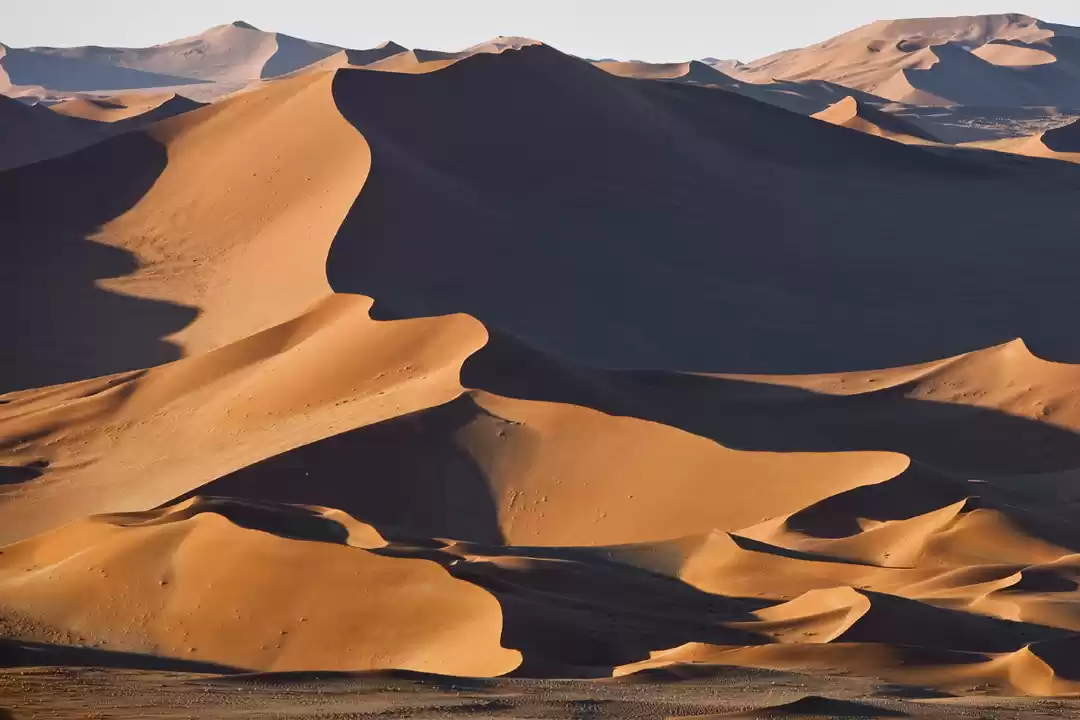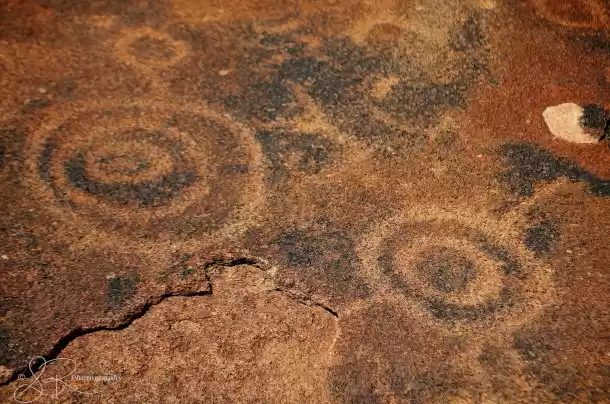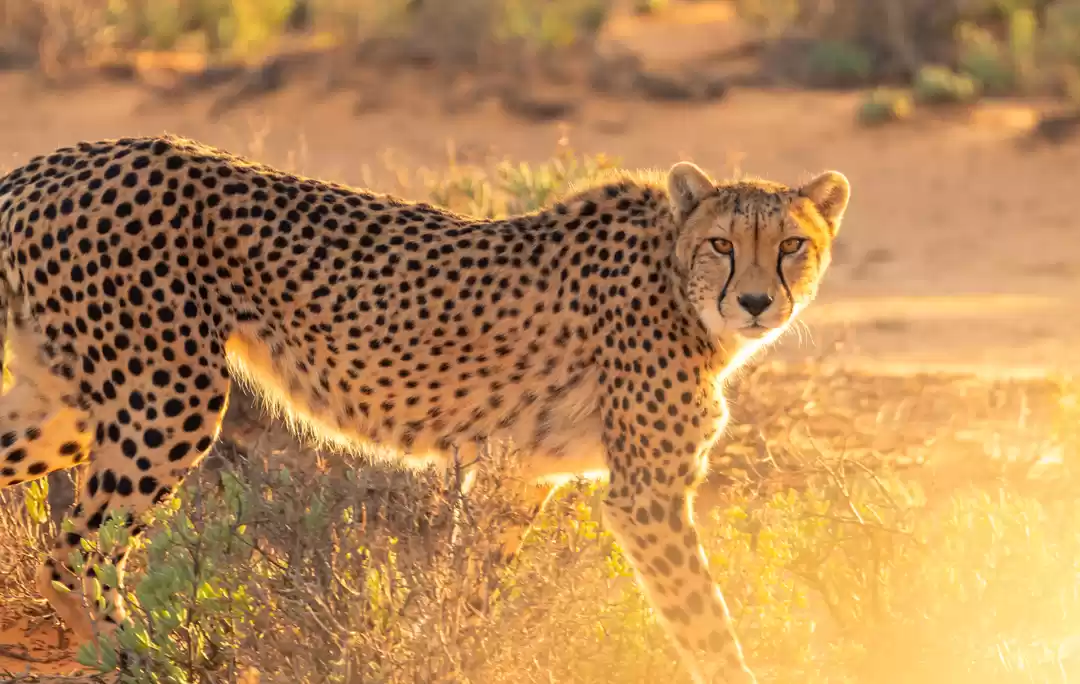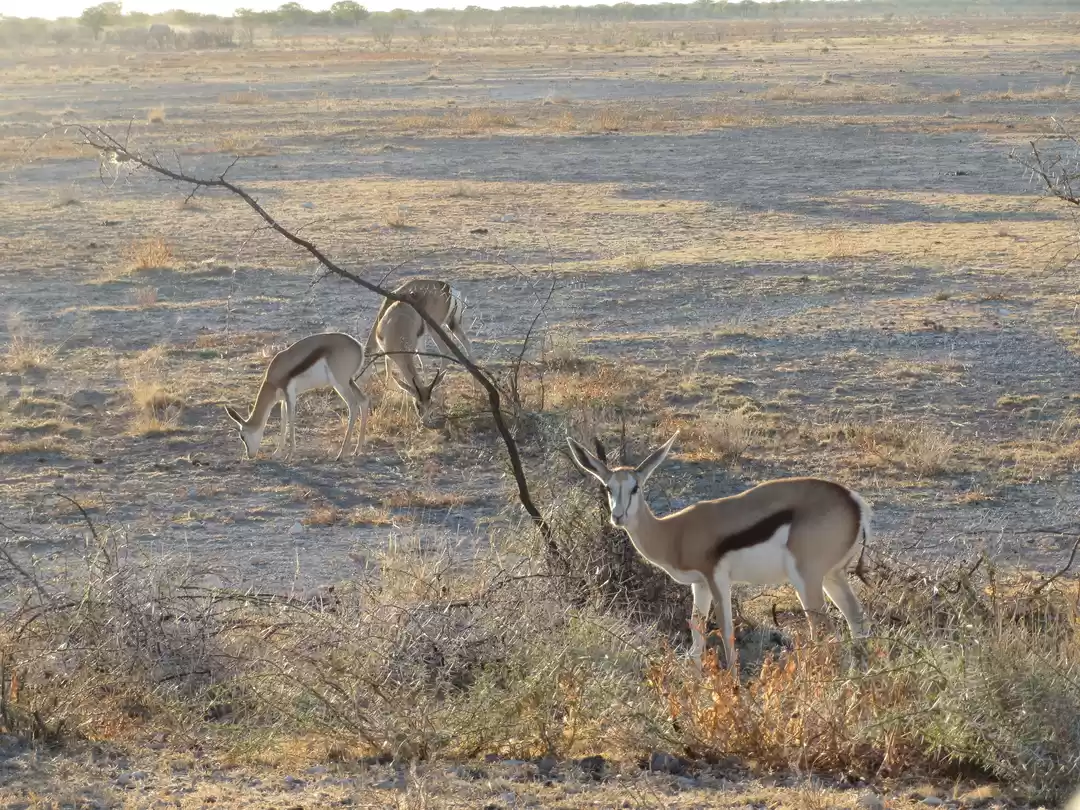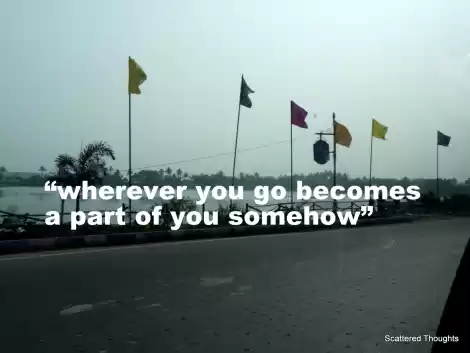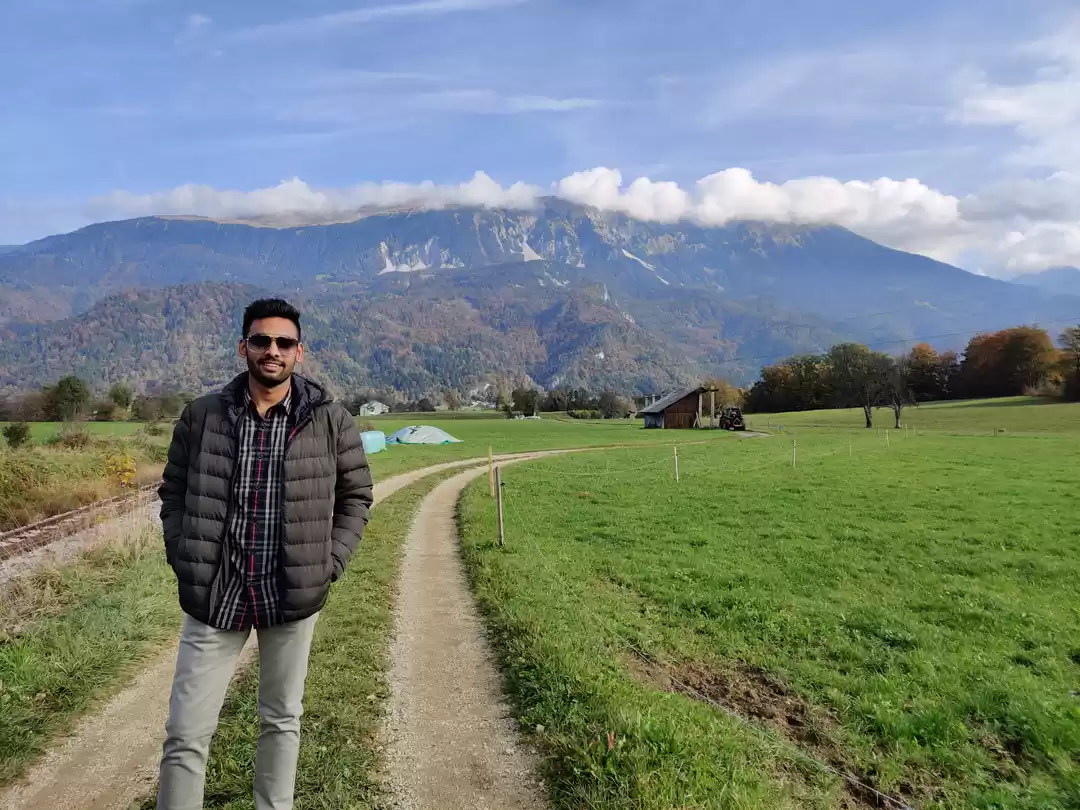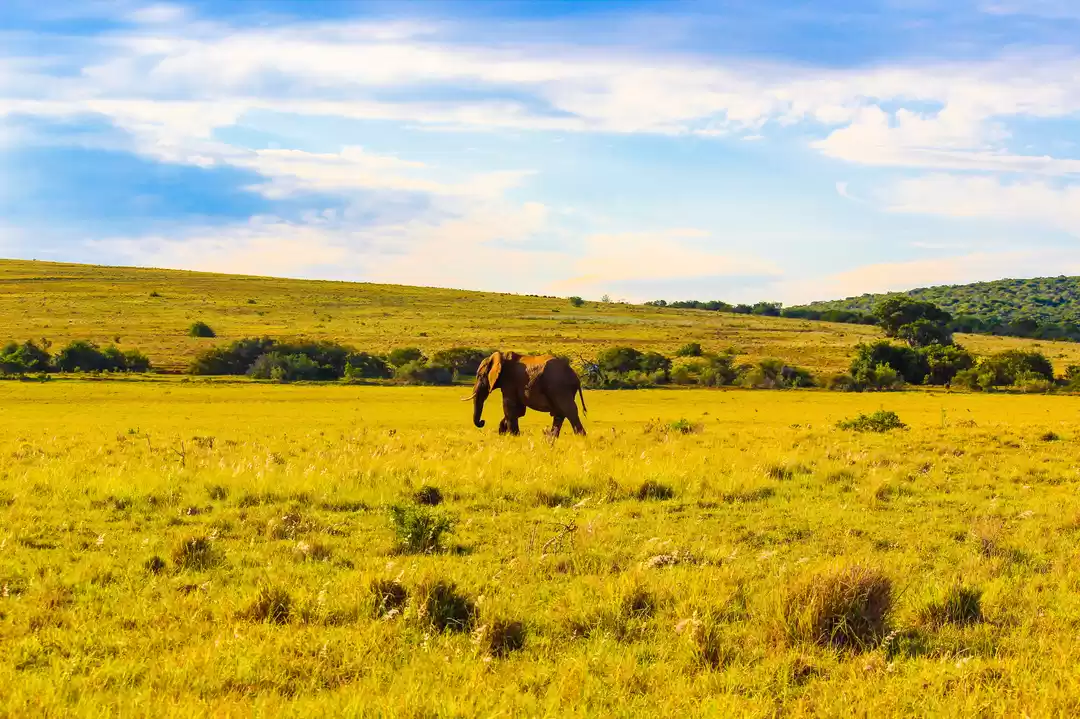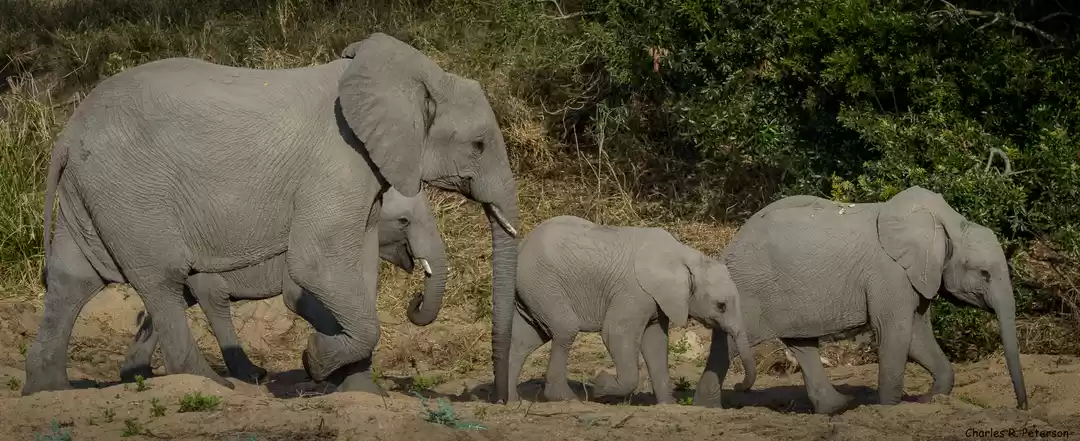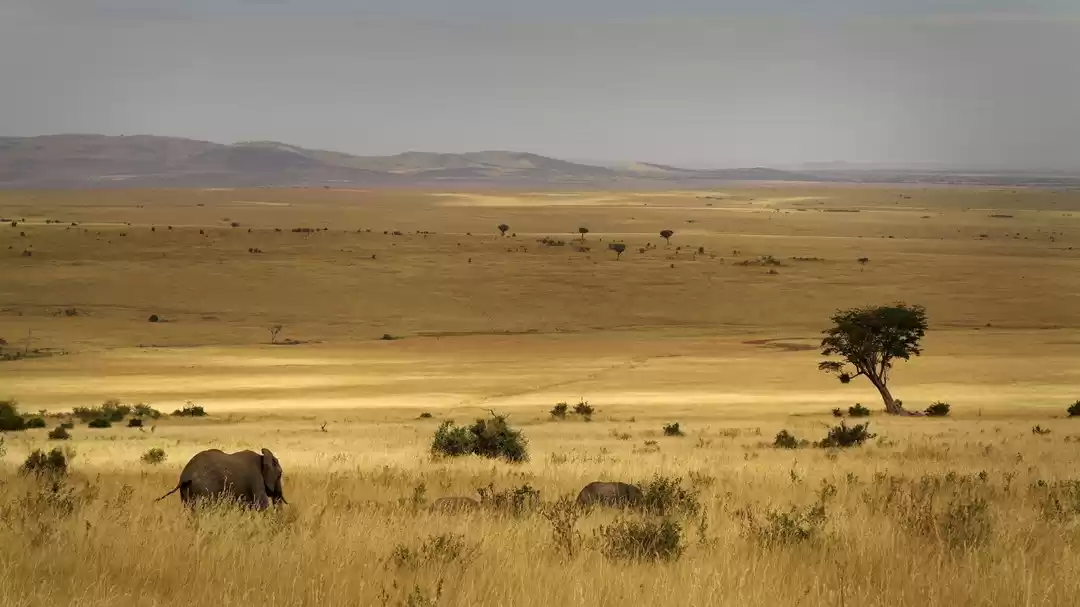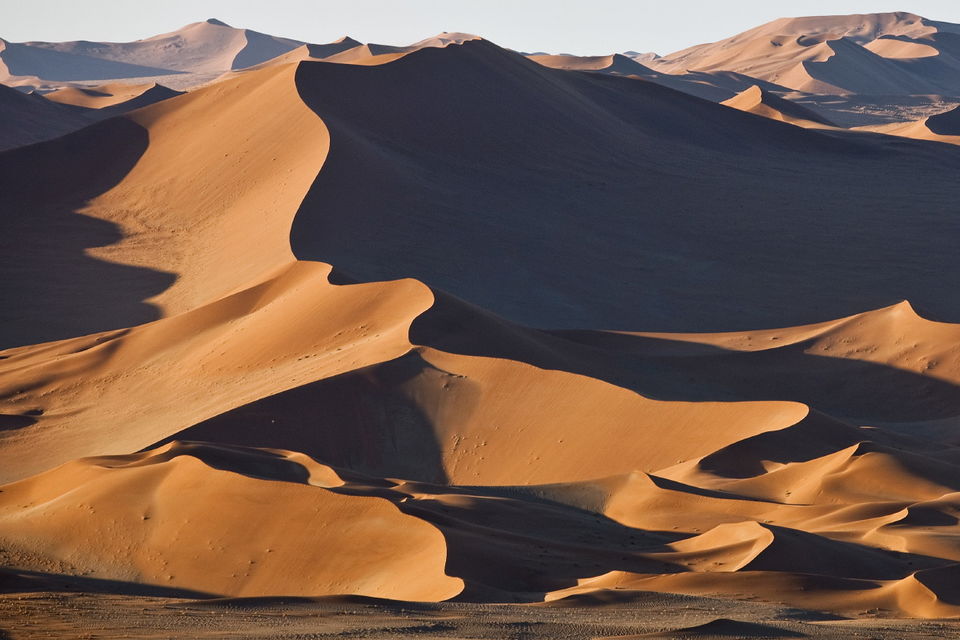
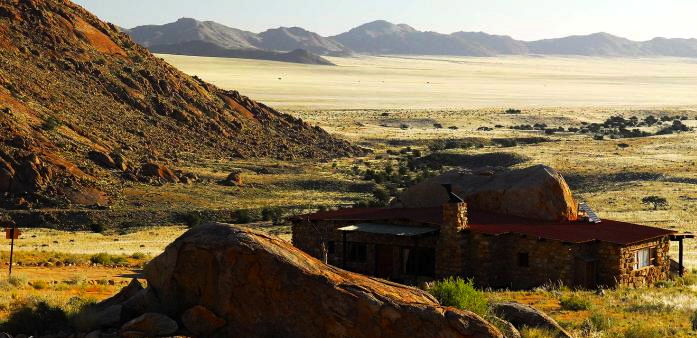






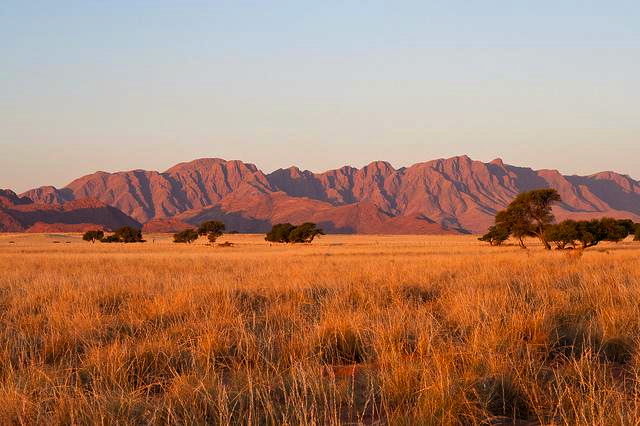
A safari in Namibia is unlike anywhere else. Game and National Parks define the country, glittered from north to south, throughout. We enjoyed the wealth of animal life in Etosha National Park, contemplated life over the enigmatic red dunes of Sossusvlei, recaptured our youth sand boarding down the world’s highest dunes, found Africa along the banks of the mighty Okavango River, and marveled at the wondrous Fish River Canyon. Our safari in Namibia was wide open, full of outdoor activities to keep our spirits tuned to nature, while allowing for relaxation to be comforted with the big open skies draping from above. Here adventure and relaxation went hand-in-hand.
Our journey in Africa began at Windhoek, Namibia where we stayed at River Crossing, a newly built boutique hotel located in a vast reserve just off the main airport road. After the long flight, we spent the day relaxing by the pool and taking in the incredible view of the African bush. In the evening we explored some of the many museums, galleries and markets that this cosmopolitan little city had to offer.
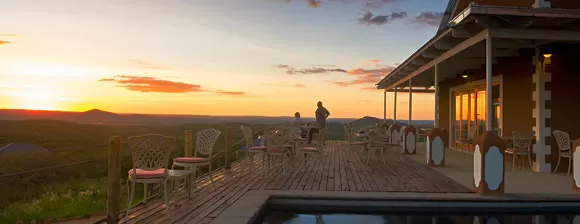
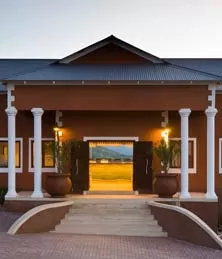
The next morning we rented out a 4x4 vehicle and took the main road south from Windhoek, heading to Rehoboth. We then headed west off the main tar roads and onto dirt & gravel to the outpost that is Buellsport. The total drive time was approximately 4 hours. Buellsport guesthouse is small & friendly with excellent food and some wonderful activities on offer from hiking to horse-riding. This was the perfect spot from which to explore the Naukluft Mountains. We spent 2 days here and saw klipspringers, waterbucks and zebras as we meandered through the various trails.
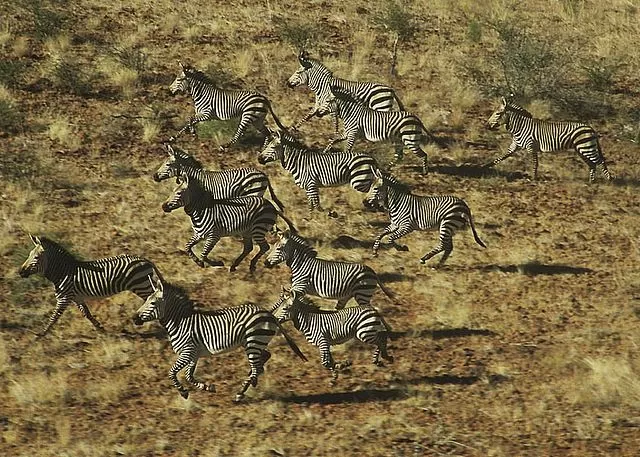
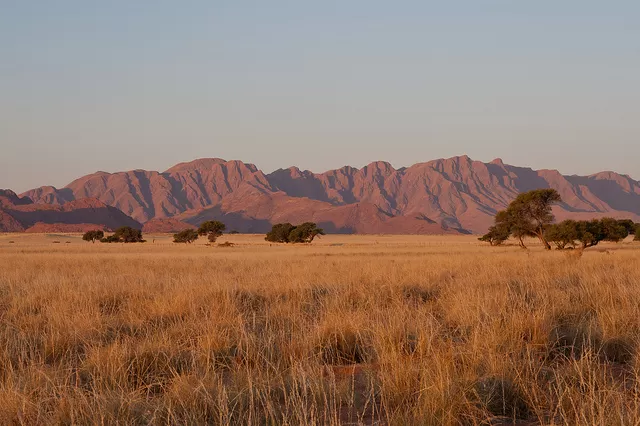
After spending two nights at Buellsport we had to make an early start early for Sesriem and the famous Sossusvlei dunes. The park opens at 6AM. The drive to the main entrance was only around 1 1⁄2 hrs but from there you have another hour to the dunes themselves. Instead of driving the last 7kms in deep deep sand ourselves, we took the shuttle option, which is very regular and less stressful! Sossusvlei is lined by exotic, brightly colored dunes. Each hour of the day is unique and as the day carries on, new colors are constantly presenting themselves, whether on the dunes, orange, maroon, or pink, or against the Tsaris Mountains, blue and deep purples, in addition to the yellows and tans of the dancing grasses, it is easy to feel enlightened while visiting Sossusvlei on safari in Namibia. It is also home to ostrich, springbok, and oryx who roam the area like some prehistoric creatures living on another planet. We spent the morning exploring these incredible, mountainous dunes and the nearby Deadvlei dunes too before heading back to the main gate and to Sesriem.


After lunch we continued onwards with our journey, heading south and entering the Namibrand Nature Reserve. Here we stayed at Wolwedans. Wolwedans offers several accommodation options from the Main Camp to a private house complete with staff. This truly is a magical part of the world. The afternoon was spent exploring, looking for the famous ‘fairy circles’ and in search of gemsbok & other desert dwelling game. We dined under the stars exchanging tales with our fellow guests before retiring to our luxuriously appointed room, leaving the ‘sides up’ to allow the desert night sky to watch over us while we sleep.

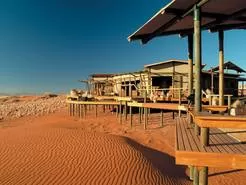
We explored the reserve with the help of expert guides, learning all about the environment and its inhabitants. We also took a magical balloon flight over the vast Sossusvlei dunes.



The next day we drove south to Aus. On the way we explored the Namibrand, Namtib Biosphere and stopped at the remarkable Duwisib Castle. We took a picnic lunch with us from Wolwedans and found somewhere en–route to break the journey. We arrived into the tiny town of Aus late in the afternoon in time to stock up for our evening meal. We then made our way to Klein Aus Vista, just off the main road west towards Luderitz. Here we checked into our new home amongst the boulders at Eagles Nest. This little group of equipped chalets lies around 7kms away from the main reception at Klein Aus Vista and in a world of its own. The landscapes are just incredible and each chalet is totally unique offering a different view. We spent the next day visiting the wild namib horses, exploring the coastal ghost town of Luderitz and also took a tour into the Sperrgebiet forbidden diamond area.
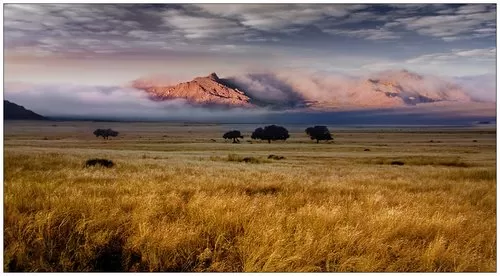
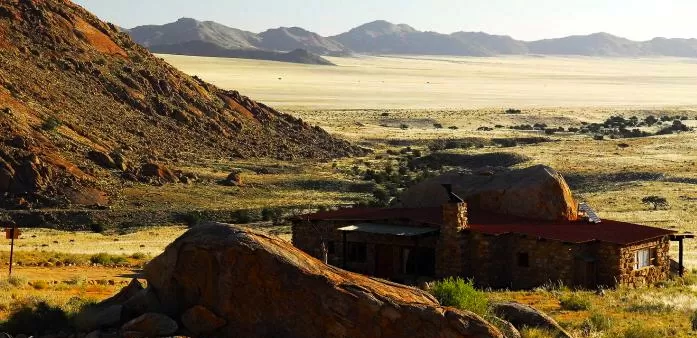
After two days at Aus, we went on a simply stunning drive rising high onto plateaux with views that seemingly never end and environments that are constantly changing. Much of the first part of the journey is on good, tar roads, before turning off south onto more gravel and less well maintained tracks. We drove for approximately 4 hours before we reached the Fish River Canyon Park. Comparable only to the Grand Canyon in the southwestern United States, the Fish River Canyon is 160 km long and 27 km wide. Most travelers wonder to the canyon to trek 85 km following the river over a series of days. On the northern end of the national park, lies the Hoba information centre, picnic areas, campgrounds, walking trails, and scenes to take your breath away. At the southern end of the canyon, Ai-Ais is a hot spring oasis, having campsites and bungalows available. It is in a remote, very arid corner of the country, thus keeping visitor numbers low. Quiver trees dot the landscape, while the canyon waters are home to small and largemouth yellowfish, sharp tooth catfish, tilapia and common carp. Klipspringer, ground squirrel, baboon, Hartmann’s mountain zebra, and leopard find refuge in the cliffs. Fish River is the perfect escape, delving into complete solitude and serenity which can only be found in total wilderness while on safari in Namibia.

It was now time to head north back towards Windhoek. We retraced our steps on the gravel roads before reaching Keetmanshoop, a small but busy town where the tar road surfaces reappear! From here we continued north to Mariental and onwards for another 100kms to Suricate Kalahari Tented Lodge which would be our bush home for the next two nights. The Intu Afrika Kalahari Reserve has had substantial backing in order to sustain the 10,000 hectare wildlife sanctuary and works in conjunction with the !Xoo bushmen who support this sustainable project and a small community of whom moved onto the reserve to work with the lodges. In addition to wonderful desert game viewing including high numbers of bat-eared foxes & suricate (meerkats) we also took part in a more cultural exchange with a bushmen walk.
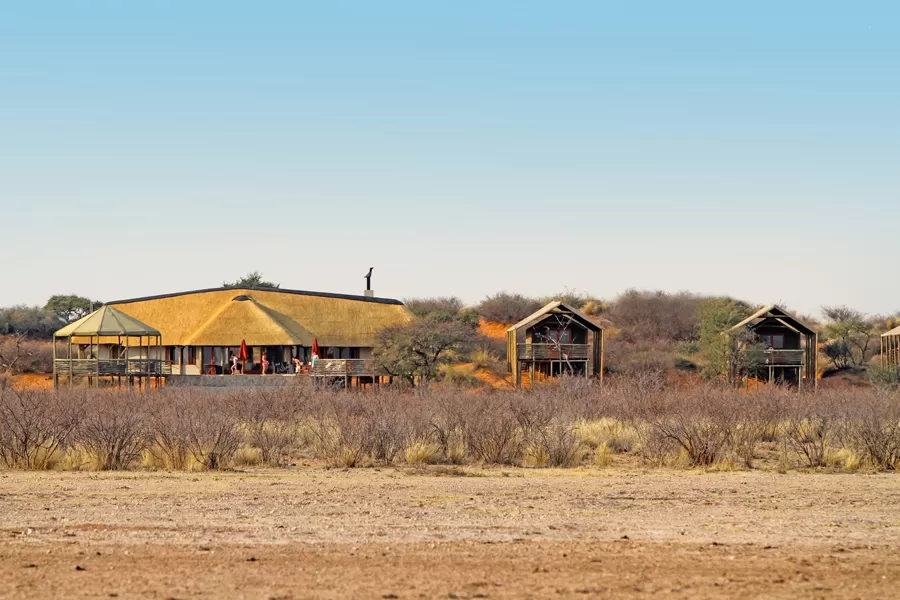
Our last stop before we headed back to Windhoek was Etosha which is one of Africa’s best game parks. There are a total of 114 species of mammals, including the rare and endangered black rhino, cheetah, and black-faced impala. The only animals aren’t found in Etosha are the hippo and crocodile. Almost every other animal can be found roaming the park. There are also about 340 different species of birds including the ostrich and secretary birds. It is also almost guaranteed to see lion when visiting Etosha.




